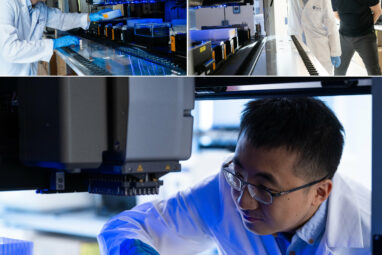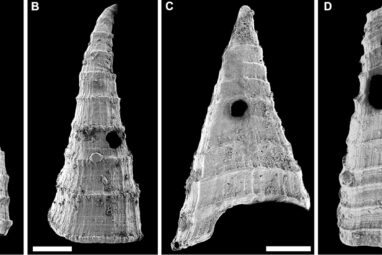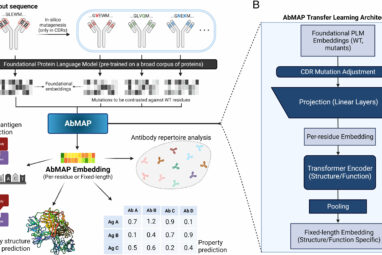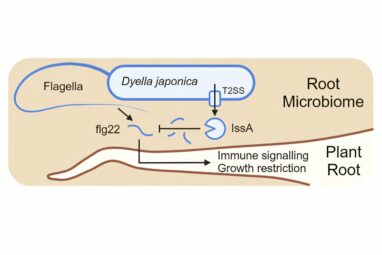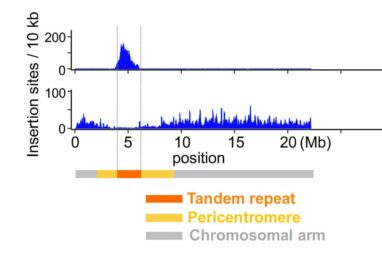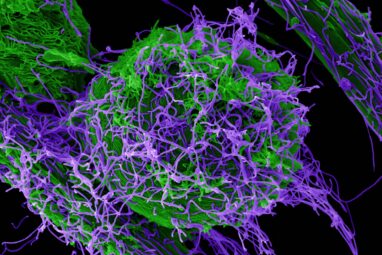Rice University bioengineers have developed a new construction kit for building custom sense-and-respond circuits in human cells. The research, published...
Pollination by animals contributes to a third of global food production, but little research has been done into the extent...
A study led by researchers at the American Museum of Natural History presents the oldest known example in the fossil...
Like Bill Murray in the movie “Groundhog Day,” bacteria species in a Wisconsin lake are in a kind of endless...
Lucky breaks in a male mouse’s youth can lead to large advantages in adulthood. A new study titled “Competitive Social...
By adapting artificial intelligence models known as large language models, researchers have made great progress in their ability to predict...
To stay healthy, plants balance the energy they put into growing with the amount they use to defend against harmful...
Marsupial moles are perhaps Australia’s most bizarre mammals. Known as “itjaritjari” to the Indigenous Aṉangu people and featuring prominently in...
A joint research group team led by Sayuri Tsukahara and Tetsuji Kakutani of the University of Tokyo has clarified a...
Scientists at the Allen Institute have identified specific cell types in the brain of mice that undergo major changes as...
Ebola is a deadly hemorrhagic disease caused by a virus that is endemic in parts of East-Central and West Africa....
The Hades’ snake moray (Uropterygius hades), a dark brown, slender snake moray eel, has chosen the road less traveled, thriving...
